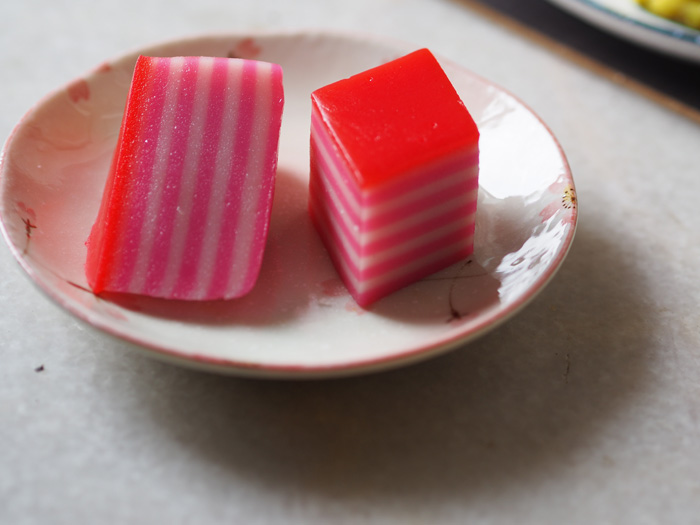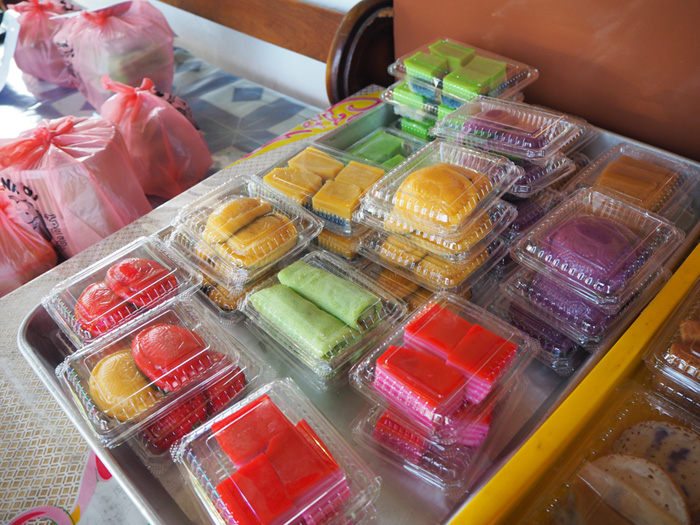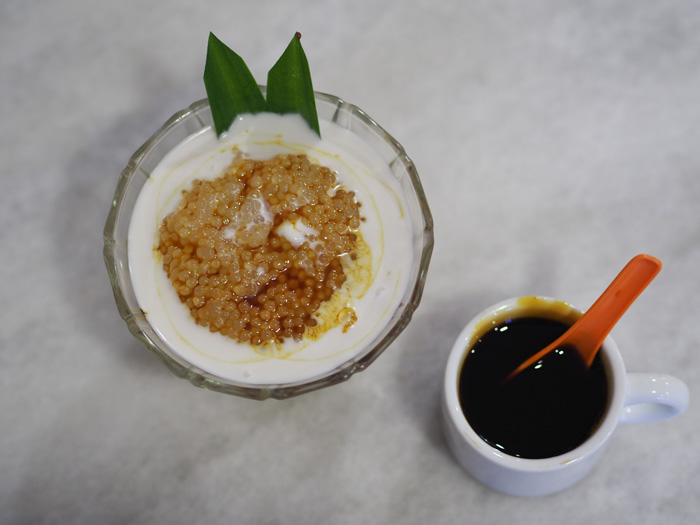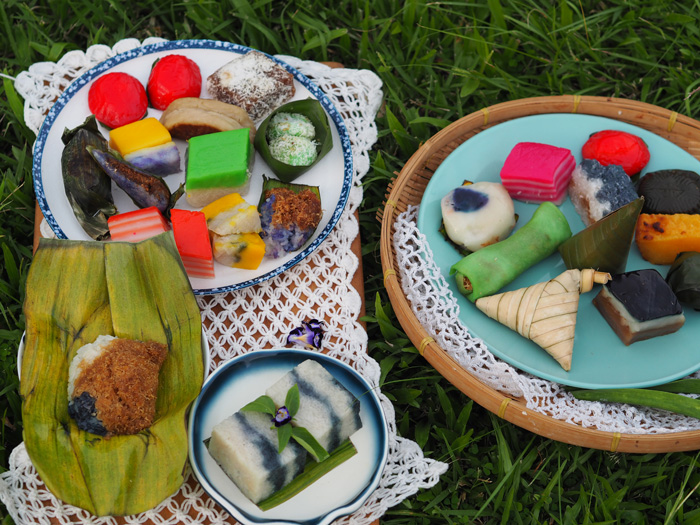2022
3 JunOne Kueh At A Time: Cross Cultural Delicacies
Kuih is made and enjoyed by many of Malaysia’s ethnicities with the most commercially successful ones being made by Baba Nyonyas.
Authentic here is set to mean the proper techniques and ingredient ratios,…because tastes differ from household to household.
By Darinee Durairaja
BA (Hons) Mass Communication
UCSI University celebrates diversity and social inclusion among the many cultures of its students. Fostering a nature of cross-cultural acceptance and tolerance are part of the values at UCSI. Considering this, the UCSI University Mass Communication students embarked on a project “Lu Ho Baba Nyonya” which aims to take you through a holistic journey in celebration and appreciation of the Baba Nyonya people in Malaysia. In this article, Darinee talks about the rich culture of these people in terms of one of their delicacies, the “kuih”.
Talking Terms: What’s in a Name?
Kueh or kuih? Enunciating the word like most Malaysians do, does not help one determine the spelling. Conclusively, the word is ‘correctly’ spelled ‘kuih’ in Malaysia. Over in Indonesia, this same word is formally ‘kue’. Since this is an article pertaining to a very specific Malaysian race written by a Malaysian writer in Malaysia, the spelling will remain as ‘kuih’ consistently throughout the article.
It is quite a daunting task to define what the seemingly unfettered kuih is. It is a confectionary and a snack – the serving size is usually one that can be comfortably eaten in a single bite. It can be either sweet or savoury – sometimes, it is both. It is made with a myriad of ingredients with the usual suspects taking various forms.
Kuih is made and enjoyed by many of Malaysia’s ethnicities with the most commercially successful ones being made by Baba Nyonyas in the southern parts of Malaysia; the northerners have quite a formidable repertoire or kuih recipes as well.
Tasty Trinity: What’s in a Recipe?
For the sake of clarity, the Baba Nyonyas that are referenced here are the progeny of Chinese male traders from China and local women of mostly Malay descent prior to the Islamification of Malaya.
The ‘desserts/snacks’ of this complex cuisine are made using the same staples one will find in most Nyonya kitchens - yet the variations are quite astounding. For the purpose of analogies, there will be three ingredients that make up the ‘aunties’ of the kuih world.
Rice makes one of the trinity of kuih ingredients that is quintessentially Baba Nyonya. Kelapa or coconut is the second ‘aunty’. The last ‘aunty’ of the trinity is the sweetener. The usage of such a broad term is necessitated by the fact that Nyonyas use all sorts: from cane sugars, brown sugars, and honey to the multitudes of palm sugar.
Tricky Technicalities: What’s in a Skill?
One can infer that Nyonyas are extremely prideful of their cooking and will do things as they are taught. These days though, as fewer and fewer Baba Nyonyas are taking up this back-breaking job of making kuihs the ‘original way’ and with the rampant influx of ‘not-made-by-Babas-or-Nyonyas’ kuihs, it’s harder to discern what the authentic ones would be like. Authentic here is set to mean the proper techniques and ingredient ratios, because if one is to be honest, tastes differ from household to household.
I have chosen to equate the trinity of ingredients to aunties because, based on my observation, the Baba Nyonyas are quite a matriarchal culture - the Nyonyas are the jewels of the culture. The aunties are instrumental in a lot of the traditions and practices, hence why I have used them as an analogy in kuih-making.
With students from a multitude of backgrounds and ethnicities around the world, UCSI University stands for equality and cultural awareness. Articles such as this will provide rich insights and information on specific cultures as well as explaining the intricate nuances that make a culture unique from others.

Darinee Durairaja expounds on the delicacies of the Baba Nyonya culture.

The ubiquitous kuih lapis.

An wide array of kuihs prepared for any occasion.

Sago gula Melaka - a popular dessert made with coconut milk.

Kuihs vary in taste – some are sweet and some are savoury.






